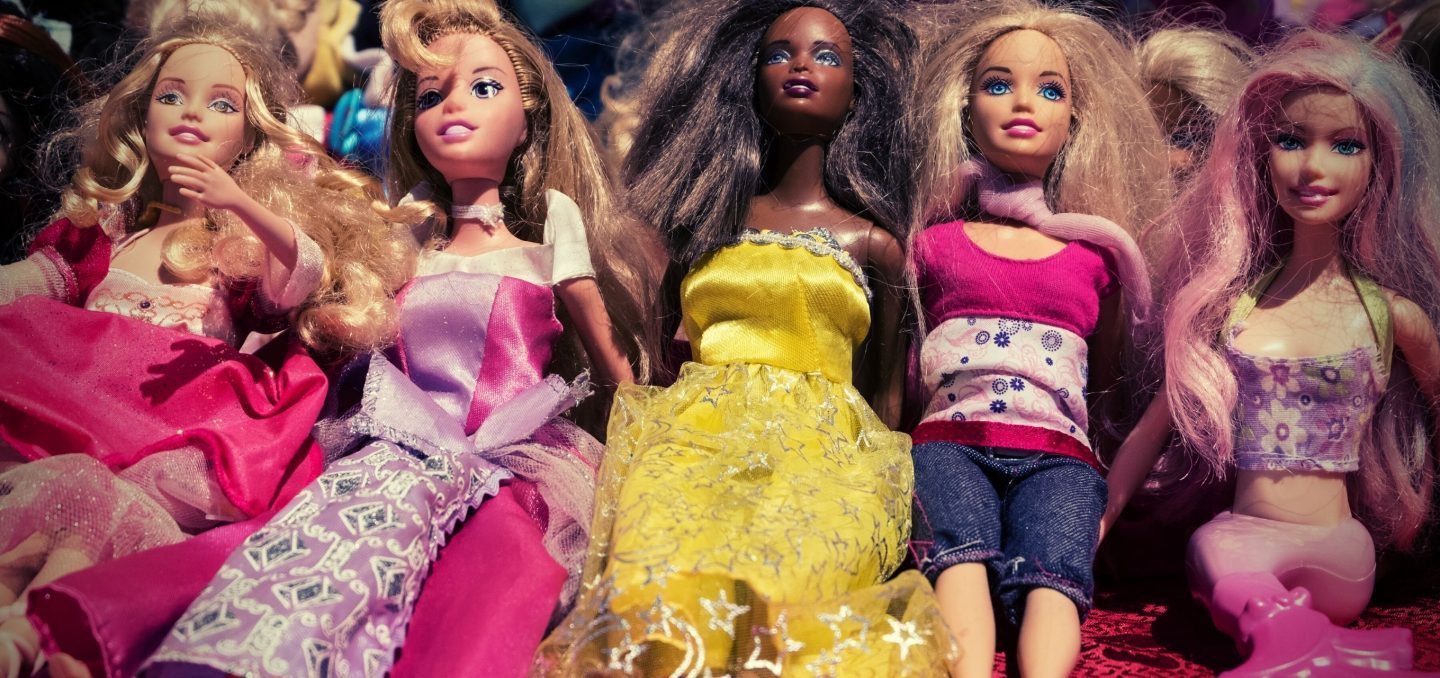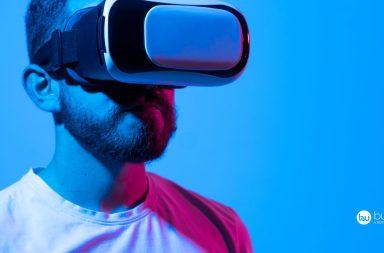Barbie, the iconic doll that has captivated the minds of children for decades, has long been a subject of controversy when it comes to body image.
While Barbie has been celebrated as a feminist icon, she has also faced criticism for perpetuating unattainable beauty standards. In a recent interview with Nature, Jennifer Webb, a clinical health psychologist at the University of North Caroline at Charlotte, shares her expertise on the influence of Barbie on body image perceptions and discusses the impact of the blockbuster film that explores the doll’s legacy.
The Influence of Barbie on Body Image
For years, Barbie has been associated with promoting thinness as the societal norm for women, which has led to concerns about its impact on the self-esteem of girls and women. Webb’s study, conducted in collaboration with Nataya Ford and another researcher, delves into the effects of Barbie’s various makeovers in recent years. Mattel, the manufacturer of Barbie, introduced dolls with highly articulated joints and diversified body shapes in an attempt to make the doll more representative and empowering.
Research studies have shown mixed results regarding Barbie’s influence on body image. The majority of studies have been conducted in Western countries, primarily focusing on white young girls. These studies have identified that exposure to Barbie or similar thin-type dolls can contribute to lower body esteem and a greater internalization of the thin ideal. Moreover, findings suggest that weight bias can be ingrained in children from a young age, as larger-figured dolls are often associated with negative characteristics.
The Complexity of Untangling Influences
While studies shed light on the potential impact of Barbie on body image, Webb emphasizes the complexity of the issue. These studies often fail to account for other influential factors in children’s social environments, such as the family, peers, and the media. The context in which children play with Barbies, including discussions around body image and exposure to diet culture, remains unexplored. Webb highlights the need for a broader view that considers media, including social media, as well as healthcare and public health messages that shape body image perceptions.
The Evolution of Barbie and the Blockbuster Film
Recent iterations of Barbie, such as the Made to Move line with more articulated joints, have attempted to promote physically active play. However, Webb’s study found that despite these changes, the focus on a very thin body type persisted. While these dolls were seen by young women as credible references for comparison, they still represented an unattainable ideal.
Webb also comments on the recent Barbie film, which explores the struggle to be authentic in a world filled with conflicting gendered expectations. She appreciates the film’s attempt to align with Mattel’s vision of increasing diversity and representation, applauding the introduction of dolls with various disabilities, such as Down syndrome. Furthermore, she highlights the mother-daughter relationship portrayed in the film as a source of positive representation and social commentary.
In Conclusion
The influence of Barbie on body image is a complex topic that warrants further exploration. While research indicates a correlation between exposure to Barbie and body image perceptions, it is crucial to consider other influential factors and the broader social context in which children interact with dolls. Efforts by Mattel to diversify Barbie and increase representation in recent years are commendable, but challenges remain in creating a doll that truly reflects the diversity of girls and women.
Ultimately, the relationship between Barbie and body image is multi-faceted, and the impact it has on individuals varies. It calls for ongoing discussions, research, and a holistic approach to fostering positive body image in young girls and women.



